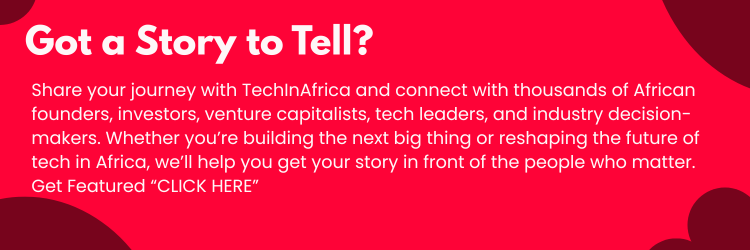Mobile operators have different perspectives on how they should implement 5G networks to handle subscriber data; They have a common understanding of the importance of some criteria, including edge services, data ownership and total cost of ownership.
These are some of the most important results of a new Enea survey. It was done by the Technology Innovation Council, which talked to mobile operators worldwide.
Forty-two percent of operators want to use 5G cores from more than one vendor, but when asked a separate question, 33 percent said they’d like to continue with their current vendor to handle subscriber data. While some operators are using new frameworks to manage their 5G and 4G cores, others make decisions based on how they will be used.
The majority of operators who were surveyed were aware of the advantages offered by open, multivendor architecture; however, they disclosed that their primary concerns centred on the absence of a centralized point of support and contact (36 per cent), interoperability (30 per cent), and a deficiency in operation tool (19 per cent).
The cost was a big worry for many of the operators in the study, which wasn’t a big surprise. Total Cost of Ownership is the essential thing to think about when choosing 5G subscriber data management technology, particularly for operators who want to stick with an existing vendor.
There is still a lack of consensus among operators regarding the importance of interoperability in multivendor systems for 5G networks. In terms of interoperability, those who choose to go with multivendor vendors put greater importance on open standard interfaces than they do on full 3GPP compliance.
The complicated picture presented by 5G tactics was mirrored in cloud migration timeframes, which provided yet another divided result. Sixty-six per cent of the operators moving to multivendor settings have also started moving their operations to the cloud.
The split results from 5G strategies were also seen in the timelines for moving to the cloud, showing a mixed picture. 66percent of operators who are moving to environments with more than one vendor have also started migrating to the cloud.
In comparison, only 41% of those using their existing vendor have at least 1 foot in the cloud, which reveals that nearly 50% of operators using incumbent suppliers are not using the benefits cloud technology offers.
Despite the striking differences between cloud techniques and deployment, a more distinct picture is emerging about using the edge. Sixty-six per cent of the operators moving to multivendor settings have also started moving their operations to the cloud.
Thirty-one per cent are already testing use cases, 29 per cent are utilizing the edge to decrease latency for 5G control operations, and other users are utilizing the edge to construct mesh architecture and increase capacity with hybrid clouds.
According to Stephanie Huf, Chief Marketing Officer and Senior Vice President Officer of Enea, “This research has revealed that many operators have a cautious pragmatism.” For instance, many people desire their technologies to be compliant with standards, yet they place a lower priority on ensuring that it is fully compatible with all standards.
Before taking the plunge, operators are pragmatic, and while many of them recognize how multivendor design could change the network, they ensure they have the appropriate skill sets in place and that they have total control of their subscriber data, cost of ownership and network.
Source





